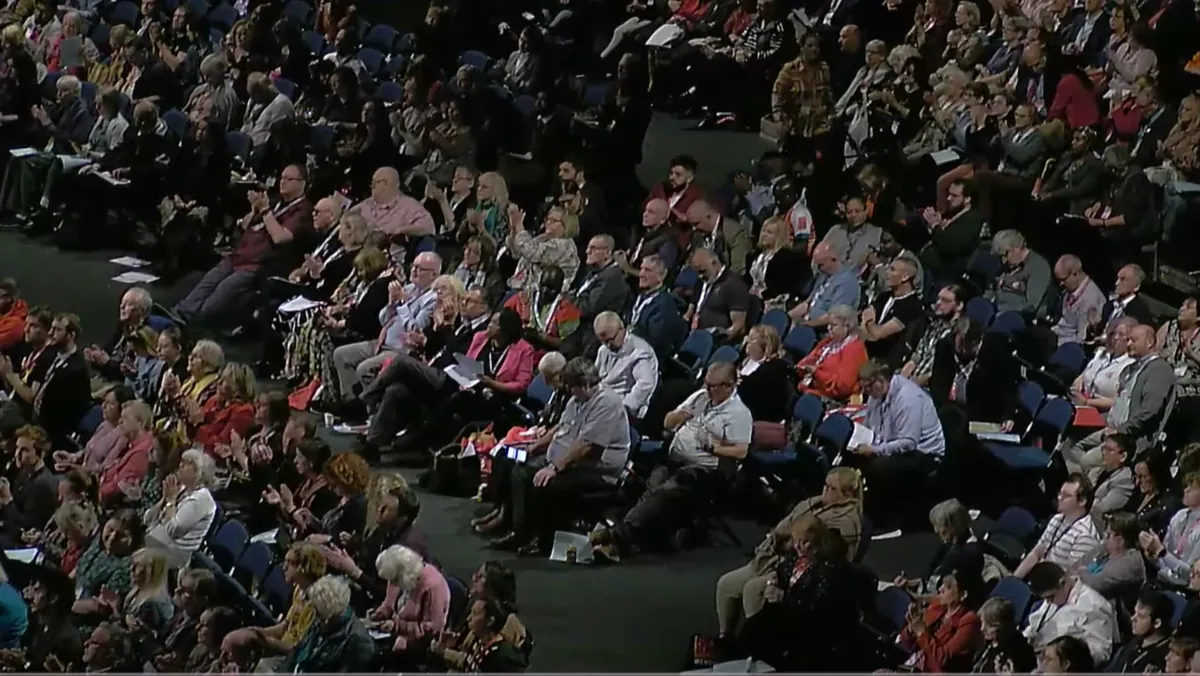The Labour Party's annual conference, a tradition dating back to 1900, has once again highlighted the deep-seated divisions within the UK's main opposition party. As the gathering unfolds, the atmosphere is tense, reflecting the internal struggles that have plagued the party in recent years.
Keir Starmer, who assumed leadership in April 2020, faces intense criticism from the party's left wing. The hard-left faction, often associated with former leader Jeremy Corbyn, finds itself largely marginalized. This group, reminiscent of the Corbynite movement that saw party membership soar to over 500,000 in 2017, now protests outside the conference halls. Their frustration stems from what they perceive as a betrayal of socialist principles by the current leadership.
Inside the conference, the soft left, represented by figures like Deputy Leader Angela Rayner, attempts to navigate a middle ground. Rayner's speech, focusing on workers' rights, received applause from delegates. However, her position is complicated by recent controversies, highlighting the delicate balance she must maintain.
"You know me, I was a single mum living on sixty quid a week. I'll not make any apology for where we came from or how we got here."
The party's internal conflicts echo historical debates within Labour. The centrists, led by Starmer, aim for incremental improvements, while the left argues for transformative change. This ideological divide has been a constant since the party's inception in 1900 as a coalition of trade unions and socialist organizations.
Labour's recent electoral success in July 2024, attributed more to public dissatisfaction with the Conservative Party than enthusiasm for Labour policies, has not quelled internal dissent. Critics argue that the party has moved too far from its socialist roots, embodied in its constitution's commitment to democratic socialism.
Predictions for the future suggest potential strikes, backbench rebellions, and even party fracturing. The experience of past Labour governments, such as the introduction of the National Health Service in 1948, shows that being in power can both unify and divide the party.
As the conference continues, the absence of humor and self-reflection among attendees is notable. This seriousness reflects the high stakes involved as Labour prepares for the possibility of forming the next government, a position it has held for only 30 years since its founding.
The party's challenges are not unique in its history. From Clement Attlee's post-war government to Tony Blair's New Labour era, which saw three consecutive election victories from 1997 to 2005, Labour has always grappled with balancing pragmatism and idealism.
As the conference draws to a close, the party's ability to unite and present a coherent vision to the electorate remains in question. The coming months will be crucial in determining whether Labour can overcome its internal divisions and offer a compelling alternative to the current government.
